#striker the basset hound
Explore tagged Tumblr posts
Text

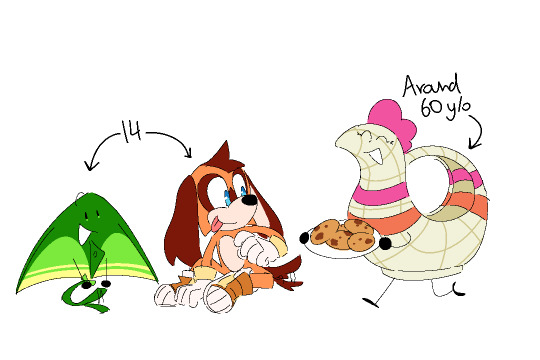

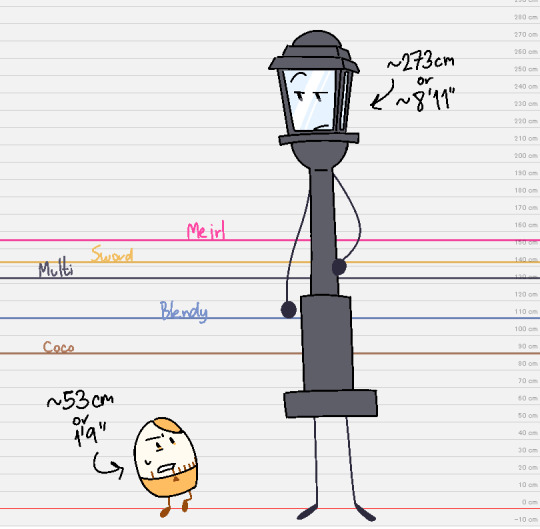

OC dump because I did an OC ask meme thing on twitter
In order of the images, the questions were:
"Are any of your OCs parents?" > Those guys
"Oldest and Youngest OC" > Striker and Kite are the same age, so I added both of them
"Weirdest OC" > Two random chickens I keep drawing over and over when I'm bored
"Shortest and Tallest OC" > Egg Timer and SL, no contest. Also added a few other OCs (and my irl) heights for reference
"Oldest OC" > Nova the Fox. He used to be named Blue because. He's blue. Yeah!
#pink draws#pinks ocs#object oc#(some of them at least)#oc sword#oc spruce#oc chisel#oc chicken basket#oc egg timer#chickin#<-- for the chickens#oc kite#striker the basset hound#oc sl#nova the fox#I THINK THAT'S ALL OF THEM#there were other questions too but there's no art for those 🙏🙏
28 notes
·
View notes
Text
How to Improve Your Running Form
Running technique isn’t something that most people think about. Much like walking and swimming, you simply run when necessary for as long as necessary without necessarily dwelling on the details, such as how well you do it. After all, you’ve been running for nearly your entire life, and even if practice doesn’t make perfect, it certainly makes good enough.
Except that it doesn’t—not if you want to kick butt in your next 10k or start exploring just how far and fast you can go.
Of course, the first step towards perfecting your form is abandoning any preconception of perfection. “There is no one right way to run,” says Janet Hamilton, CSCS, founder of Running Strong Professional Coaching in Atlanta. “We’re all born to run, just like all dogs are born to run, and some people are greyhounds and others are basset hounds.”
In short, everyone has their own distinct biomechanics, as well as an ideal stride that’s as unique as their signature. “You run the way you do because of a complex interaction of anatomical structure, strength, flexibility, terrain, speed, and even fatigue status,” says Hamilton. But that doesn’t mean you can’t make your biomechanics more efficient and your stride more effective—and doing so is well worth your effort.
“Running economy is a key element of long-distance running success,” says Hamilton. “As running economy improves, race times improve.”
More important, sharpening your running form can reduce your odds of becoming one of the 37 to 56 percent of runners who suffer sport-related injuries each year. “Improper form places a lot of added stress on joints—especially the ankles, knees, and hips—which can lead to chronic injuries,” says Justin Freyermuth, CSCS, owner of NoCo Endurance Center in Colorado.
That’s all the more reason to follow the form tips below—but not all at once. Overthinking how you run can be just as detrimental as not thinking about it enough. “It can lead to poor running economy because your motions won’t be fluid,” says Hamilton. So focus on one or two tips at at time, and be patient—even if you’re a basset hound, you might soon find yourself keeping up with the greyhounds.
Stride Right: Run Faster with These Easy Form Fixes
There is no “right” way to run, but for most people there is plenty of room for improvement. Generate more power and expend less energy with every step using these seven form cues.
HEAD
Focus on the horizon, not your feet. That will help keep your head in a neutral position, minimizing not only the stress on your spine, but also your perceived effort, according to a study in the International Journal of Exercise Science.
SHOULDERS
Keep them relaxed. “Many runners pull their shoulders up,” says Justin Freyermuth, CSCS, owner of NoCo Endurance Center in Colorado. Don’t be one of them. Tense shoulders are a waste of energy.
ARMS
Bend your elbows 90-degrees (or less), and move your arms forward and backward, not across your body. “That will allow for a faster swing, which in turn will lead to a faster leg turnover,” says Freyermuth.
HANDS
If they’re clenched in fists, you’re leaking energy. Instead, keep them gently cupped. “Imagine you’re holding a potato chip in each hand,” suggests Janet Hamilton, CSCS, founder of Running Strong Professional Coaching in Atlanta.
TORSO
Maintaining a slight forward lean can not only boost running efficiency, but also reduce the loading on your knees, lowering your risk of injury, according to researchers at the University of California, in San Francisco. Hunching, bending, or otherwise rounding your torso has the opposite effect. “You should have a comfortably tall posture—no exaggerated positions,” says Hamiliton.
LEGS
“Focus on pulling your heel towards your glutes rather pushing forward with each stride,” says Freyermuth. That will increase the height of your knee drive as you swing your leg forward, maximizing your power. “It will also help prevent over-striding, which is a common running mistake,” adds Freyermuth.
FEET
Don’t overthink how your feet land. You might have heard that you should strike the ground with your mid or forefoot rather than your heel, but the jury is out on what’s best. And contrary to popular belief, heel strikers don’t have a greater risk of injury, according to a study by the United States Army Research Institute of Environmental Medicine in Massachusetts. In short, when it comes to your feet, just do what comes naturally.
from News About Health https://www.beachbody.com/beachbodyblog/fitness/improve-running-form
0 notes
Note
Bloop
I made a lot of those alignment chart thingies with my OCs a few weeks ago LKAJLDKG I guess I can talk about that
Might as well label who they are and which universe they belong to LKAUHGAKSDG

NOW onto the charts
Fuck it/Fuck off/Fuck me chart
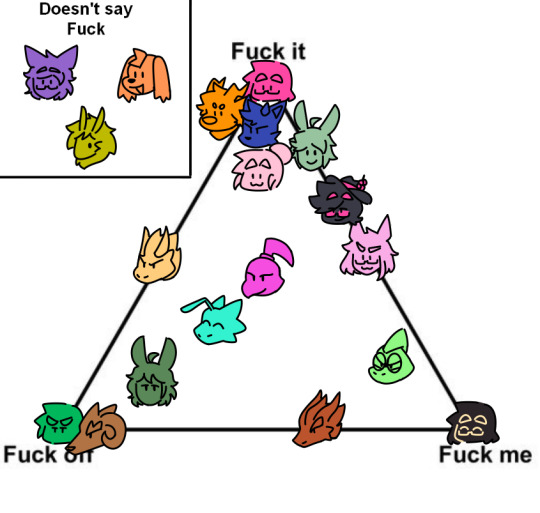
Fight Me/Let's Chill x Wins/Loses chart
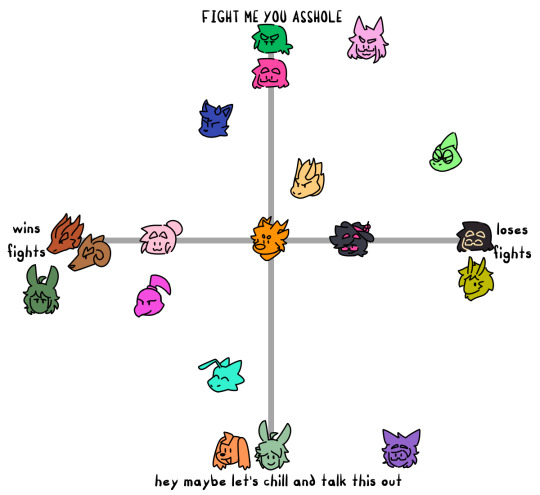
And finally! The Problem Solver/Problem Causer x Has Problems/Problem chart
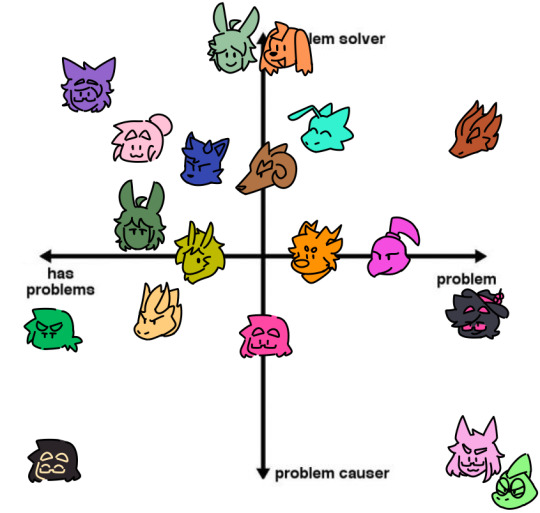
[Send “Bloop” to my inbox and I’ll spout a random fun fact about one of my OCs]
#pink draws#i guess??? this is going to be a nightmare to tag oh my god.#pinks ocs#sona pink#green gronk#blink black#ew pim#percy inigo nicolas-kardos#pink russell#pedro russell#topz fulton#tiar fulton#rufus#terrion#sainam#silvius#nova the fox#striker the basset hound#mezzo the raven#charge the dragon#dr. pascal#commander juno#WHEW HOLY SHIT THAT'S A LOT#technically topz isn't really my oc since he's my friend's sona#but my friend said that i can just have him as my oc since he doesn't draw and do ocs anyways asdgjlkajsg#just realized that i have 3 ocs named pink. i am not creative.
10 notes
·
View notes